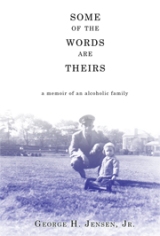July 19, 2010 (midday)
As I left Death Valley, I was on the road to Las Vegas. I decided not to stay the night there. I don’t drink much. When I do drink, my limit is usually about two or three drinks. I don’t like to gamble. I am not interested in seeing Donnie and Marie on stage, even if I could get tickets.
I spent almost an hour driving around Vegas, so I am not an expert on the town. But I thought I would share some initial reactions—a view from a moving car.
When I was doing research on Alcoholics Anonymous, my favorite circuit speaker (an AA speaker who is often invited to speak at conventions) was Ken D. He liked to say that the motto of AA should be “Excess is not enough.” It would fit for Vegas as well.
In some senses, Vegas is the most American of American cities. Excess is part of our economic system. As capital is used to increase production, we start to have more products than we need—more clothes, more cars, more houses, more food. While it is good in many ways to have an abundance of goods, excess also creates problems. How can businesses sell excess goods? They have to find new markets or ways to encourage over-consumption. The growing girth of the average American is just one example of people consuming excess. In this sense, Vegas is like much of American, maybe just a little better at promoting the consumption of excess.
Maybe part of the excess of Vegas comes from its being a place separate from ordinary living. “What happens in Vegas, stays in Vegas.” It is in the desert, in the middle of nowhere. The entire city seems to be an amusement park for adults.
You can see the Statue of Liberty without having to take a long, cold ferry ride through New York harbor. You can take a gondola ride without having to worry about pigeons or rats. You can walk past the Eiffel Tower without having to tolerate rude Parisians.
It’s not a real city, and it’s not meant to be. It screams, “I don’t have to behave like I am at work, or walking down my street, in front of my neighbors.”



Leave a comment